PUBLIC TRANSPORT ACCESSIBILITY (PTAL)
Unlock the full potential of Public Transport Accessibility Levels (PTAL)
Whether you are evaluating existing transportation systems or planning for future scenarios, our expertise in PTAL analysis empowers you to make data-driven decisions that revolutionise urban mobility. Our team of skilled analysts utilises cutting-edge geospatial tools and models to assess accessibility to public transport networks, considering factors such as travel times, frequency, and connectivity. By running comprehensive scenarios, we can simulate the impact of proposed changes, such as new transit routes, station expansions or new masterplan developments allowing you to optimise public transport coverage and improve the overall efficiency of your transportation infrastructure. Our tailored PTAL analyses provide valuable insights for urban planners, policymakers, and transit authorities to enhance the accessibility, reliability, and sustainability of public transportation systems.
PTAL Analysis of Oslo
PTAL vs Population Density
BENEFITS OF USING PUBLIC TRANSPORT ACCESSIBILITY ANALYSIS
Enhanced Mobility: By considering public transport accessibility in urban designs, planners can create a transportation system that allows residents to move around the city easily. Efficient public transport networks provide reliable and convenient travel options, reducing dependence on private vehicles and promoting mobility for all, including those without cars or with limited mobility.
Reduced Congestion and Traffic: Integrating public transport accessibility helps alleviate traffic congestion in urban areas. When people have convenient access to public transportation, they are more likely to choose it over private vehicles, reducing the number of cars on the road. This leads to smoother traffic flow, shorter travel times, and improved overall traffic conditions.
Environmental Sustainability: Public transport is generally more environmentally friendly compared to individual car usage. By encouraging public transport accessibility, urban designs can contribute to reducing greenhouse gas emissions, air pollution, and carbon footprint. This promotes environmental sustainability and supports efforts to combat climate change.
Cost Savings: Public transportation is often a more cost-effective option than private vehicles. Assessing public transport accessibility allows urban residents to save money by utilising affordable and efficient transit systems instead of spending on car ownership, fuel, parking, and maintenance. This can have a positive impact on household budgets and improve affordability for low-income communities.
Social Inclusion and Equity: A well-designed public transport system ensures that all members of society, regardless of income level, age, or physical abilities, have equal access to essential services, education, employment opportunities, and recreational activities. It promotes social inclusion by providing affordable and accessible transportation options for everyone, reducing social isolation and increasing opportunities for social interaction.
Land Use Efficiency: Efficient public transport systems can influence urban development patterns. By focusing on public transport accessibility, urban designs can encourage compact, mixed-use developments centered around transit hubs. This reduces urban sprawl, optimises land use, and supports sustainable growth patterns, making cities more walkable, vibrant, and economically productive.


